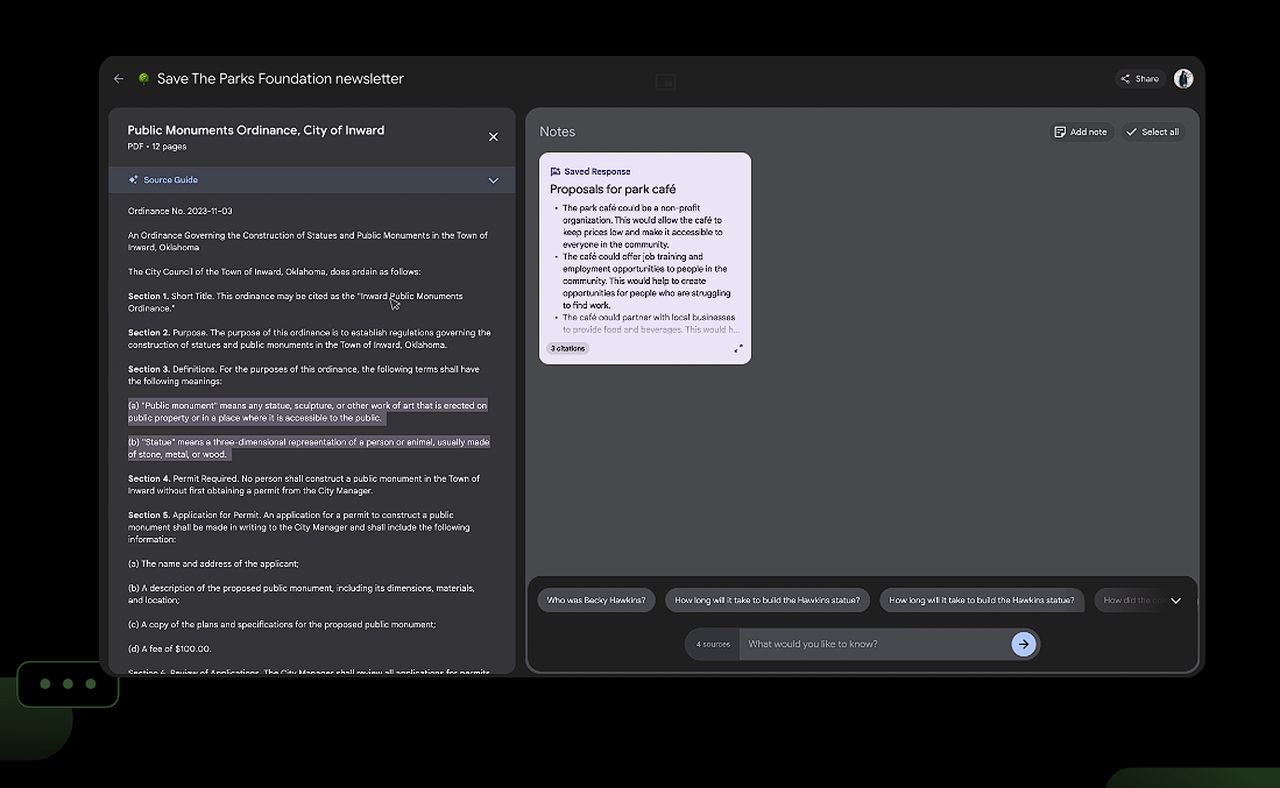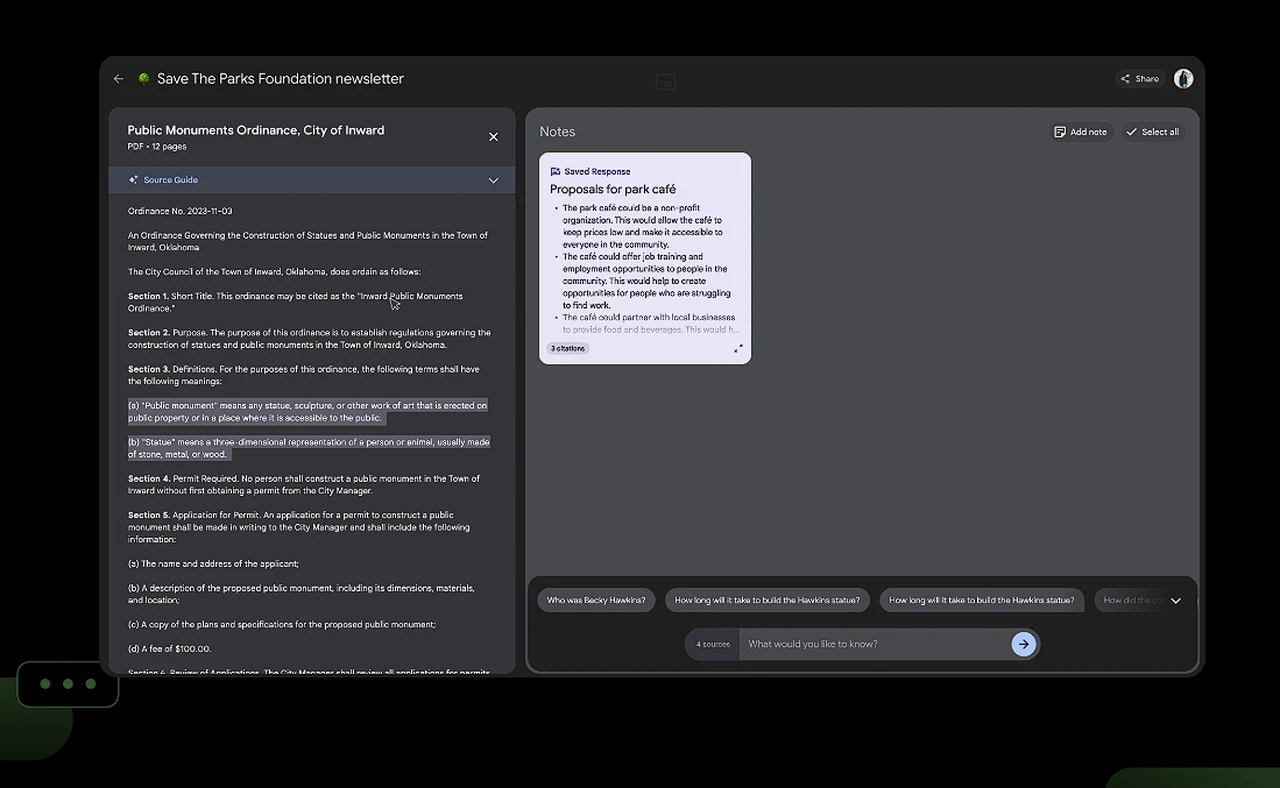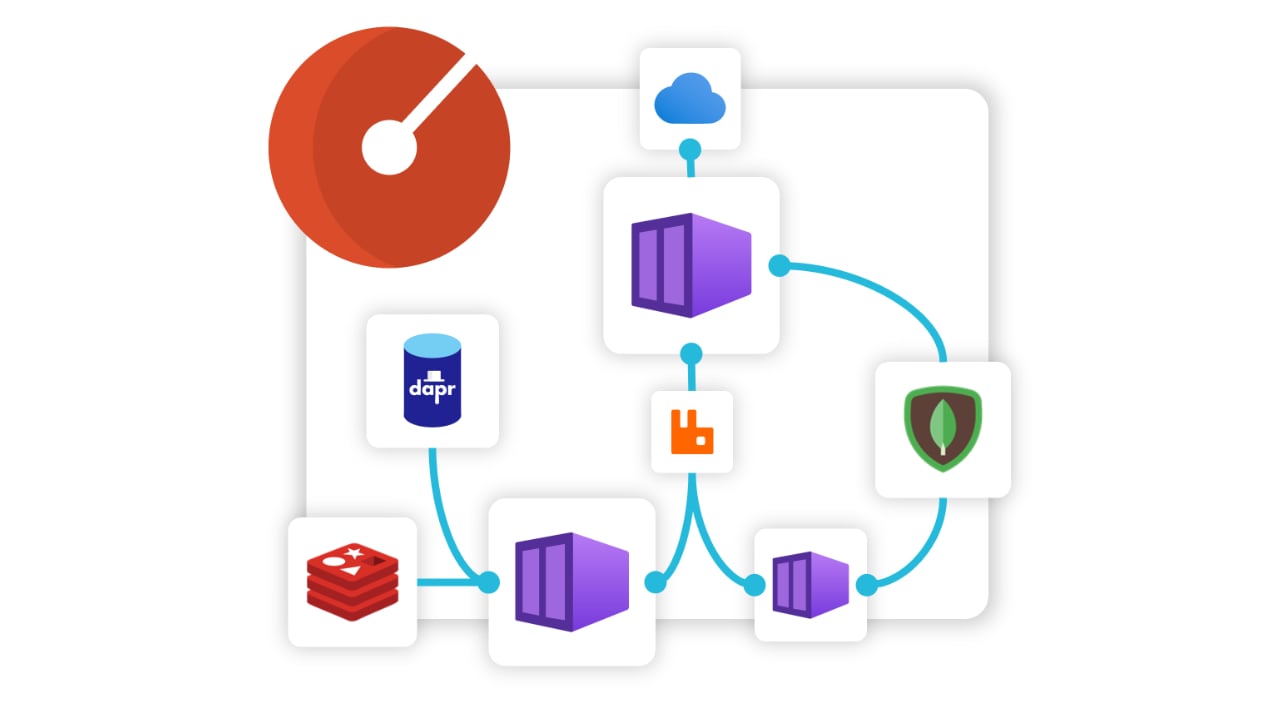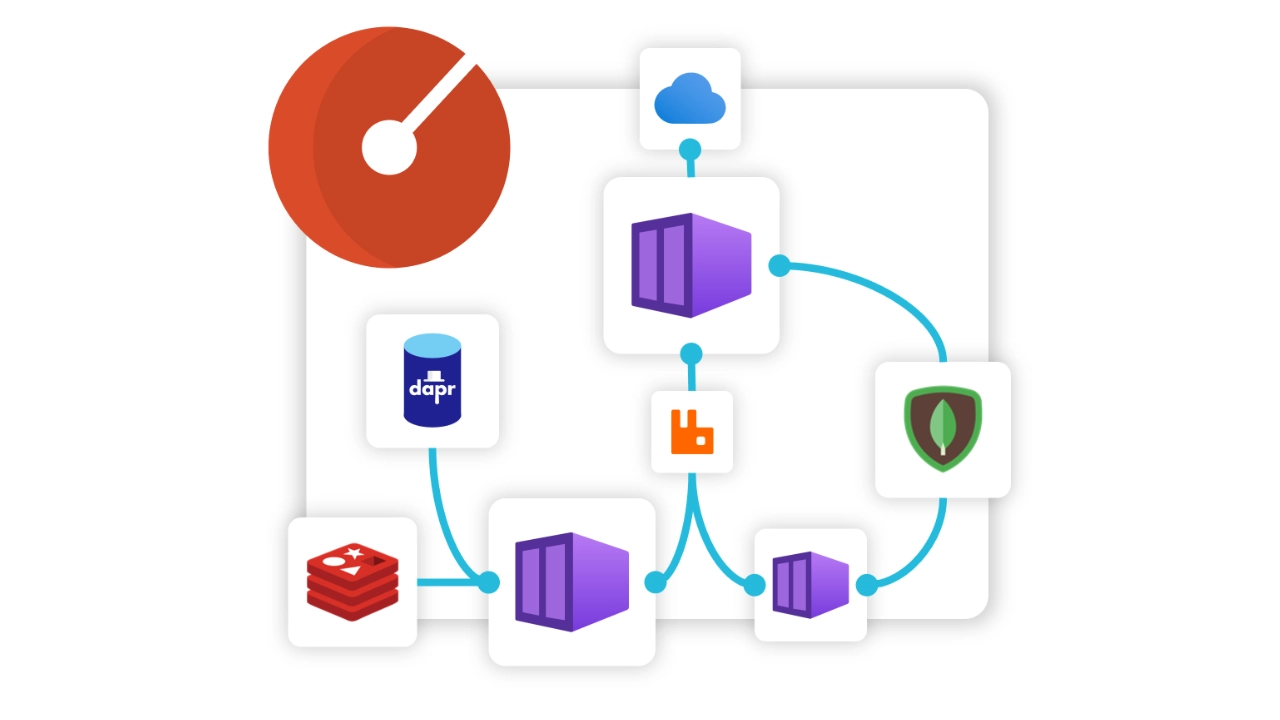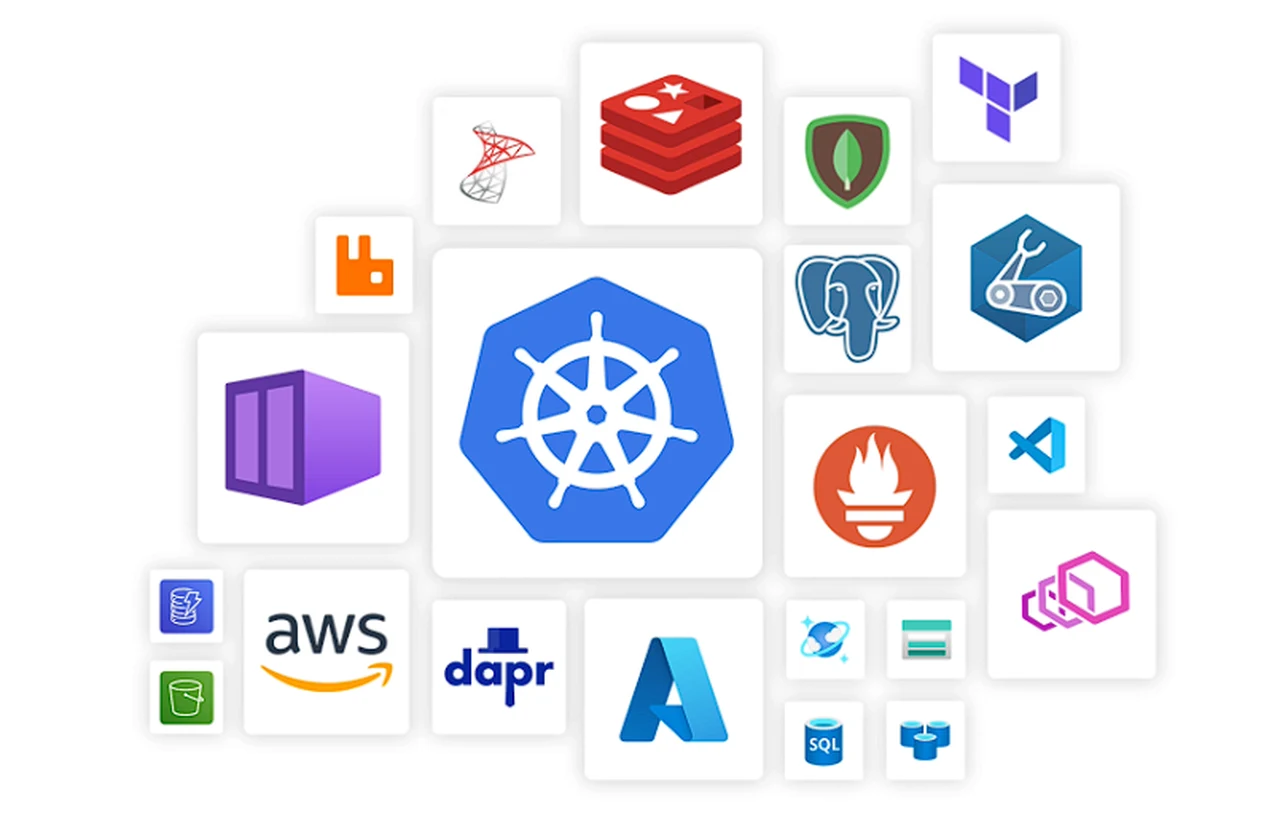
This guide is designed to show you how to use Google Bard to help you with a job application. In the current dynamic and highly competitive job market, the importance of creating an outstanding job application cannot be overstated. The challenge begins with the intimidating prospect of a blank page, an all too familiar scenario for many job seekers. This difficulty is compounded by the continuous changes in the realm of online job applications, including the increasing prevalence of automated screening systems used by employers. Navigating these complexities requires a sophisticated approach.
Enter Google Bard, an advanced AI writing assistant designed to aid in this process. Google Bard offers a range of features tailored to address these challenges, providing invaluable support in crafting applications that stand out in this fast-paced, technology-driven employment environment.
Google Bard is your secret weapon for crafting a winning job application. By leveraging its language expertise and understanding of the job search process, Bard can help you tailor your application to specific positions, highlight your strengths, and stand out from the crowd. Here’s how:
1. Decode the Job Description:
- Feed the job description to Bard: Let Bard analyze the keywords, responsibilities, and requirements listed in the job posting. This helps you understand the employer’s needs and tailor your application accordingly.
- Identify key skills and experiences: Bard can highlight the skills and experiences mentioned in the description that match your own. This ensures your application focuses on the most relevant aspects of your background.
- Craft a compelling narrative: Bard can help you weave your skills and experiences into a compelling narrative that showcases your value proposition.
2. Build a Powerful Resume:
- Optimize your resume content: Bard can help you rephrase your resume using keywords and action verbs favored by applicant tracking systems (ATS). This increases your chances of passing the initial screening.
- Quantify your achievements: Google Bard can help you quantify your achievements by translating your accomplishments into measurable results using numbers and percentages. This demonstrates your impact and value to potential employers.
- Highlight relevant projects: Bard can help you identify projects from your past that showcase the skills and experiences mentioned in the job description. This personalizes your application and demonstrates the practical application of your skills.
3. Write a Magnetic Cover Letter:
- Go beyond the template: Google Bard can help you craft a personalized cover letter that speaks directly to the hiring manager and addresses the specific needs of the company. Avoid generic templates!
- Tell your story: Bard can help you write a compelling narrative that showcases your passion, personality, and unique value proposition. This makes you stand out from the applicant pool.
- Proofread and edit: Bard can help you polish your cover letter by correcting grammar, spelling errors, and ensuring clarity and conciseness.
4. Ace the Interview:
- Practice your answers: Bard can help you prepare for common interview questions by providing relevant talking points and helping you articulate your skills and experiences effectively.
- Research the company: Bard can help you research the company’s culture, mission, and values. This allows you to tailor your answers and demonstrate your genuine interest in the position.
- Craft follow-up questions: Bard can help you formulate insightful follow-up questions to demonstrate your curiosity and engagement during the interview.
Remember, Google Bard is a tool, not a replacement for your own effort and creativity. Use Bard to enhance your application, but always personalize your writing and ensure it reflects your unique voice and qualifications.
Bonus Tip: Bard can also help you with your online presence. Optimize your LinkedIn profile and other online platforms to showcase your skills and experiences in a way that aligns with your target job.
By using Google Bard strategically throughout your job search journey, you can craft a winning application that grabs attention, showcases your value, and lands you that dream job.
Filed Under: Guides
Latest timeswonderful Deals
Disclosure: Some of our articles include affiliate links. If you buy something through one of these links, timeswonderful may earn an affiliate commission. Learn about our Disclosure Policy.


